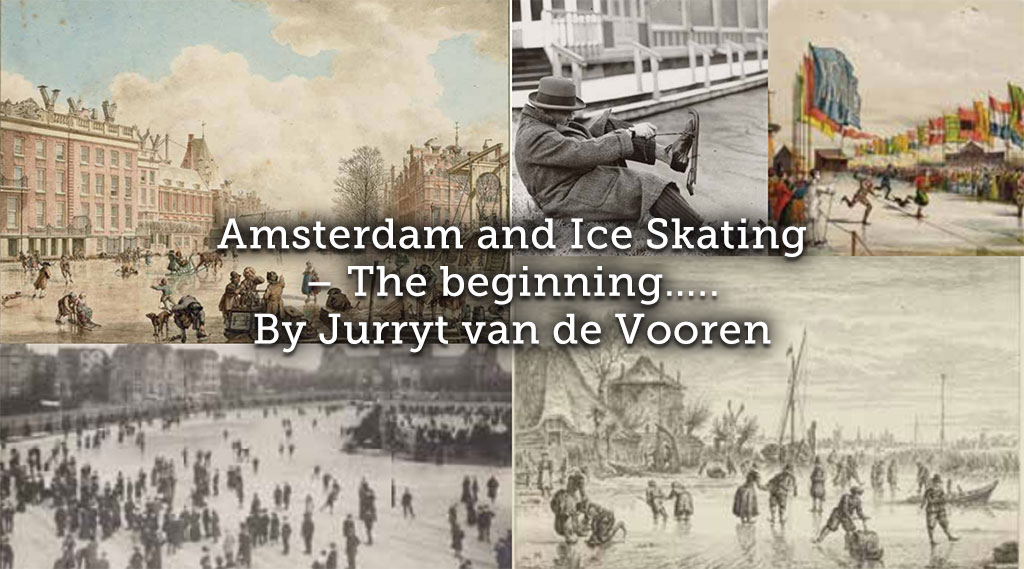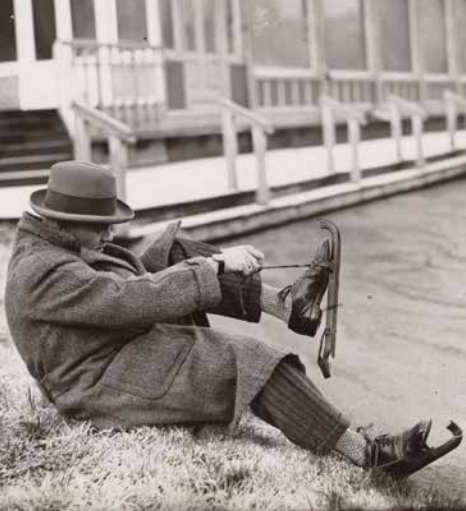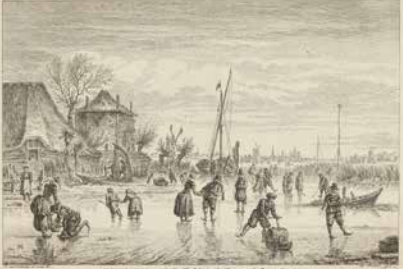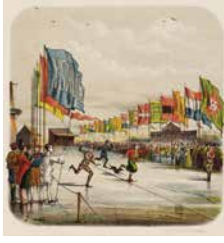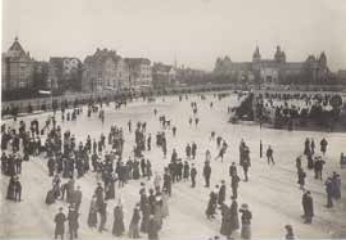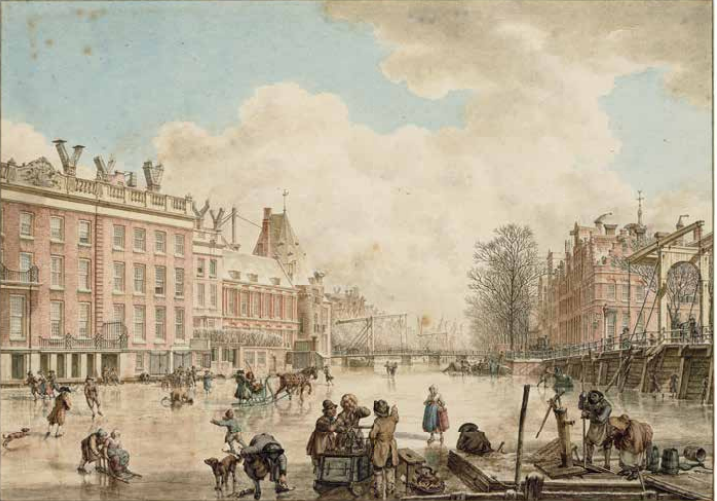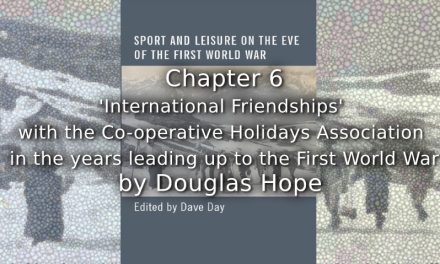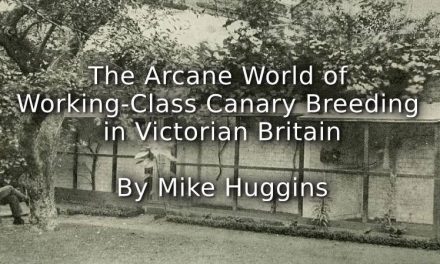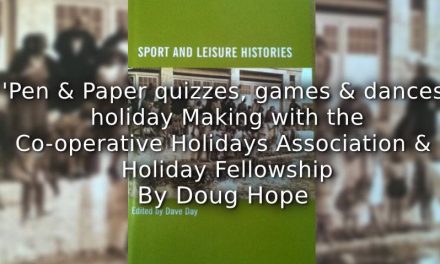The oldest skates ever found in the Netherlands date from as far back as around AD 700. They were bones of cattle or horses that were fastened under the feet using sinews or eel skin. Skaters used sticks to propel themselves over the ice. However, we can assume that this activity was not seen as a sport. The precise point at which skating started being enjoyed as a sport is hard to identify. We do know, however, the dates on which the first skating clubs to hold competitive races were established.
One of the oldest of these clubs in the Netherlands is the Amsterdam Skating Club, founded at the end of December 1864. At 8 pm on Wednesday, 21 December 1864, the club’s articles of association were adopted at a meeting at the building known as Diligentia on Kalverstraat. The first race was planned for 5 January 1865, but this event unfortunately had to be cancelled since a thaw had set in. Eventually the race took place on the later date of 16 February. The register listing the names of the club’s first officials, as well as information about the races and financial statements, belongs to the archives of the Skating Club, which are preserved in Amsterdam City Archives.
The first World All-round Speed Skating Championships were held in 1889, at the Museumplein in Amsterdam. The championship ended indecisively, since no one succeeded in winning three out of the four distances. However, in 1893 Jaap Eden did achieve this feat, becoming the first Dutchman to win the world title. He repeated his success in 1895 and 1896. The ice rink that opened in Amsterdam in 1961 was therefore fittingly named the Jaap Eden Baan. It is the oldest ice rink with artificial ice in the world that is still in use, and it attracts about half a million visitors every year.
Nowadays it is sometimes also possible to skate at the Olympic Stadium in Amsterdam. In 2014, during the Sochi Winter Olympics, a temporary ice rink was created for the first time at the Olympic Stadium for the national speed skating championships. This will be repeated during the 2018 Winter Olympics in PyeongChang, this time also to host the World All-round Speed Skating Championships. This means that the world championships are returning to Amsterdam exactly 125 years after Jaap Eden won the title at Museumplein.
-
A man putting on his skates at the clubhouse of the Amsterdam Ice Skating Club.
Photo Vereenigde Fotobureaux NV, c. 1930, Amsterdam City Archives
1676 – Older than the Elfstedentocht
The earliest reference to the Elfstedentocht – the ‘Eleven Cities Tour’ – dates from 1749, in a passage about a man referred to simply as Pier, who ‘skated through the eleven cities of Friesland in a single day’. Fourteen years later, in the book Historische Beschryvinge van Friesland, we read: ‘It has happened on more than one occasion that good skaters have ridden through, and seen, all eleven towns of Friesland.’
The Twelve Cities Tour
Almost a hundred years before these references, there was a different tour, which included Amsterdam – the Twelve Cities Tour. This was a monstrously long course of almost 300 kilometres around the province of North Holland: through Haarlem, Amsterdam, Weesp, Naarden, Muiden, Monnikendam, Edam, Purmerend, Hoorn, Enkhuizen, Medemblik, and Alkmaar. On 19 December 1676, four inhabitants of Koog aan de Zaan – Claes Ariszoon Caeskoper, Maijndert Arent, Jakop Blau, and Jakop Buur – set off at 4 a.m. By 8.30 p.m. they had all arrived home again.
The men were obliged to ride by moonlight – fortunately a full moon – since it was two days before the shortest day of the year. On 19 December 1676 the sun rose after 8 a.m. and by 4.15 p.m. it had already set again. More than half of the sixteen-odd skating hours elapsed in the dark or half-light.
The pace-setter was Claes Caeskoper, who came from the well-to-do burgher class in the Zaandam region. In his notes he gave a brief unadorned account of his Twelve Town Tour, recording only the order of the cities on the route and noting that after they had left Alkmaar it had started to snow.
These personal notes are the only record we have of the Twelve Cities Tour, since it attracted virtually no public interest. While the Eleven Cities Tour in Friesland became a recurrent phenomenon for hardy individuals from the eighteenth century onwards, and from 1909 an event with a formal organisation, nothing of the kind happened in North Holland. In fact this event was repeated only once after 1676, by the brothers Klaas and Willem Oostindie, who, like their predecessors, came from Koog aan de Zaan.
-
Fun on the Ice in 1619 in the vicinity of Alkmaar, one of the twelve cities.
Simon Fokke after Hendrick Averkamp, 1722-1784, Rijksmuseum Amsterdam
Klunen and Storm
On 29 December 1822 the Oostindië brothers also skated through the twelve cities of North Holland, but in the opposite direction. Since the Zuyder Zee was not yet frozen over, they had to cover thirty kilometres more than their predecessors in 1676, much of it walking on their skates over land (known as klunen). The wind increased to gale force as the day wore on. It was a full 24 hours before they arrived home again, prompting even the national newspaper De Nederlandsche Staatscourant to report on their feat. The skaters themselves wrote about it in the cultural periodical Algemeene Kunst- en Letter-Bode in 1828.
Two centuries later, with no third attempt to skate around the cities of North Holland having taken place, an editorial in the daily newspaper De Telegraaf on 25 December 1938 encouraged a repeat effort: ‘Does not one of the skating clubs in the west of the country feel called up on to revive the 12-cities tour in this period of frost?’
The local daily De Zaanlander echoed the proposal, demanding to know: ‘Where are the heirs to that Zaanland heritage?’ on 29 December 1938. ‘Why not set up a meeting tomorrow evening, examine the twelve-cities course the next day, publish the organisational details on Thursday, and that same evening make an announcement on the radio that the Twelve Cities Tour is to be held on New Year’s Day?’ – It never happened.
1864 The Amsterdam Ice Skating Club
Along the Olympic Stadium runs the IJsbaanpad (“Ice Rink Path”) a name that reflects its past. It was here that the Amsterdam Ice Skating Club (AIJC), established in 1864, was based from 1937 to 1989. The AIJC has exerted considerable influence on skating in Amsterdam for 150 years – and continues to do so.
The founding of a club
It all started on 10 January 1864, as the De Amsterdamsche Courant reported: ‘Favoured by the most beautiful and mildest winter weather, which had enticed a large proportion of the capital’s population out into the fresh air, a speed skating race was held on the water of the Buiten-Amstel, in front of the premises of De Hoop Amsterdam Rowing and Sailing Club, as this club had announced.’
The event was a great success, as was a second speed skating race held one week later. The result was a charter adopted on 21 December 1864 that started with the words: ‘A Club shall be established, to be known as the Amsterdam Ice Skating Club’. The eight founding members worked in the shipping trade and almost all of them came from Friesland, wrote the AIJC in a special 50th anniversary book in 1914, ‘who were naturally drawn to ice skating because of the nature of their work on or near the water”.
-
Speed Skating Race in fancy dress organised by the Amsterdam Ice Skating Club.
Emrik en Binger, 1870, Stadsarchief Amsterdam
In the early years, the club had approximately 300 to 500 members, a number that varied from one season to the next – a fluctuation that was probably influenced by the coldness of the winter and the presence of a good ice rink. The weather was beyond the influence of Amsterdam’s leading citizens, but creating decent ice rinks was certainly within their power. The club’s move in 1879 to the Vondel Park, and more especially its subsequent move in 1887 to grounds behind the Rijksmuseum in 1887, boosted its membership enormously. In the winter of 1879–1880, the AIJC registered for the first time over 1,000 members – double the number of the previous year! The biggest growth took place in the winter of 1886–1887, with the move to the grounds behind the Rijksmuseum: from 1,447 to 2,398 members. Here the club would remain until 1937, until it eventually moved to IJsbaanpad.
-
A busy day at the popular ice rink on the grounds of the Ice Skating Club, which is now known as Museumplein
Unknown photographer, c. 1910, Amsterdam City Archives
Henri Berlage
In 1905 the AIJC opened the clubhouse and offices on Van Baerlestraat. The opening words were spoken by the architect Henri Berlage – twenty years after Berlage and Theodorus Sanders had built stands for trotting races in the same square. In the course of the 1930s it had become essential to move the ice rink, since Museumplein was being used more and more for other activities. In 1947 the clubhouse and offices were demolished. The most important race in the history of the AIJC was the World All-round Speed Skating Championships of 1893. Still, the club had already organised unofficial world championships in the years before. In 1889 and 1890 this event had not produced an ‘allround champion of the world’, since no one had won all three distances – an absolute condition for that title at the time. In 1891 the American Joe Donoghue succeeded in doing so, thus becoming the first speedskating world champion in history, if only unofficially.
-
Skating on the River Amstel, with a refreshment stand in the foreground.
Jacob Cats, 1783, Amsterdam City Archives
Article © Jurryt van de Vooren
To read Part 2 click HERE
Reproduced by kind permission of the author – see https://t.co/e3QJkjZRjK

